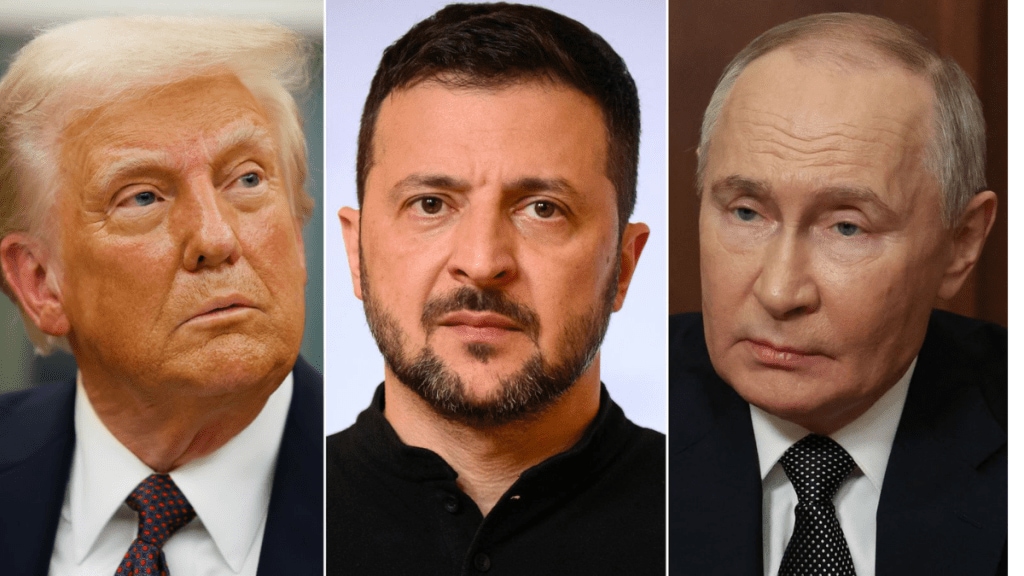Ukraine and Russia have agreed in principle to a limited ceasefire following separate talks with US President Donald Trump this week. However, key details—including the timeline for implementation and the specific infrastructure covered—remain unresolved.
The tentative agreement follows Trump’s discussions with both Ukrainian President Volodymyr Zelenskyy and Russian President Vladimir Putin. Trump had proposed a full 30-day ceasefire, but Putin rejected the idea, agreeing only to halt attacks on Ukraine’s energy infrastructure. The White House claimed the deal would cover “energy and infrastructure,” while the Kremlin insisted it applied only to energy facilities. Zelenskyy, meanwhile, pushed for railways and ports to be included.
Talks Set for Saudi Arabia
Zelenskyy announced that technical discussions in Saudi Arabia this weekend would clarify the ceasefire’s scope. “One of the first steps toward fully ending the war could be stopping strikes on energy and other civilian infrastructure,” he said.
Despite the agreement, Kyiv and Moscow have traded accusations of continued attacks. Following Trump’s call with Putin on Tuesday, Russian forces launched drone strikes on Ukrainian energy sites. Russia, in turn, claimed Ukraine targeted an energy facility in its Krasnodar region, which feeds the Caspian Pipeline Consortium.
Trump Floats U.S. Role in Ukraine’s Power Plants
During his call with Zelenskyy, Trump suggested that the U.S. could take ownership of Ukraine’s power plants to ensure their long-term security. A White House statement said Trump believed “American ownership could be the best protection” for Ukraine’s critical infrastructure. Zelenskyy later clarified that the discussion primarily revolved around regaining control of the Russian-occupied Zaporizhzhia nuclear power plant.
Meanwhile, the Trump administration is exploring a separate deal for access to Ukraine’s critical minerals as partial repayment for U.S. military aid.
Putin’s Conditions & Kyiv’s Red Line
Putin has made clear that a full ceasefire would require an end to foreign military aid to Ukraine—a condition Kyiv has rejected outright. Zelenskyy warned that Putin is using peace talks as a stalling tactic.
“We will not compromise on recognizing occupied Ukrainian territories as Russian,” Zelenskyy said, reaffirming that Ukraine will not cede land in any future negotiations.
Despite the uncertainty surrounding the ceasefire, one significant development has been the exchange of 175 prisoners between Ukraine and Russia—the largest such swap in months.
U.S. Pushes for Progress
White House national security officials have confirmed that technical experts from the U.S., Ukraine, and Russia will meet in Saudi Arabia in the coming days to discuss implementing the agreement. However, the format of the discussions remains unclear, with reports suggesting the U.S. may meet separately with each side.
With continued military escalations casting doubt over the ceasefire’s viability, all eyes are now on Saudi Arabia, where negotiators will attempt to bridge the divide between the warring sides.

